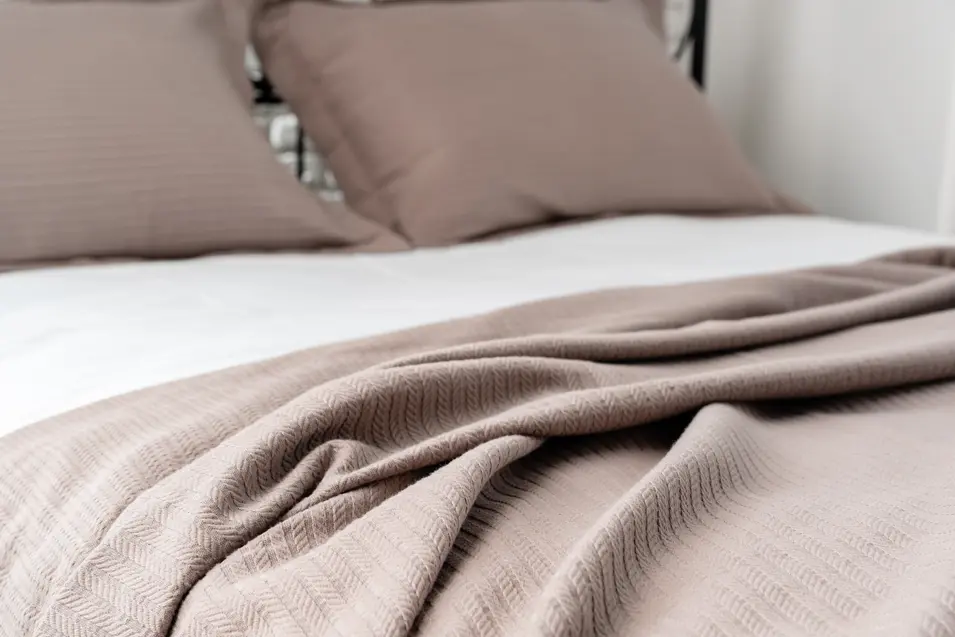Sponge painting is a simple yet versatile technique to enhance a bedroom’s appearance. While it’s one of the easiest paint techniques, first-time users should experiment before diving in to avoid mistakes.
Sponging is commonly used on walls, including bedroom walls, but it also works well on furniture and woodwork. Rooted in folk art, its simplicity makes it popular among amateurs. With the right approach, you can achieve effects ranging from soft and subtle to vibrant and colorful. However, poor technique can lead to unsightly results, so attention to detail is crucial.
The key is to avoid creating a patchy, dabbed-on look. A poorly executed sponge painting job can be off-putting, but when done well, it’s stunning. Experiment with variations like sponging on (adding paint) or sponging off (removing paint) and using one or multiple colors to build the desired effect.
Regardless of the variation, the surface must be clean and sound. Sponge painting relies on a broken color effect, so a solid base is essential. Use similar tones for the best results, as high-contrast colors can be trickier to pull off. If the effect isn’t right, sponging over with the base color can fix minor issues. White or off-white stony hues are safe base colors, though personal preference plays a role.
Choosing and Preparing for Sponge Painting
Unlike many paint techniques requiring special glazes, sponging can be done with standard emulsion acrylic paints. Use a light hand to avoid blotches. Enamel paints are an option, but natural effects are harder to achieve without mixing with proprietary glazes and turpentine. If using enamel, choose eggshell enamel, which isn’t too shiny, and dilute it slightly with mineral turpentine, even without a glaze. High-gloss paint is unsuitable for sponging.
For a unique approach, use an untinted paint base and add a tinter (a paint dye used in custom-mixed paints) to create a custom color. This can yield striking results but requires experimentation. Test on a primed board or a wall you can repaint later, mixing small amounts of base and tinter to avoid waste.
Proper preparation is critical, whether sponging a wall, furniture, or another surface. A solid, clean base is necessary for the broken color effect to work. Never use sponging to hide surface imperfections or work on a dirty surface. Match the paint type for the base and topcoat—for example, use acrylic paint over an acrylic base. However, you can experiment by sponging an oil-based glaze onto a flat acrylic base for a unique effect.
Ensure you have the right tools. Beyond standard painting supplies, invest in a high-quality sea sponge. Synthetic sponges won’t deliver a professional finish. Look for a large sea sponge with varied hole sizes and shapes to create diverse effects by rotating it during application.
A common mistake is overloading the sponge with paint or glaze. Use minimal amounts for best results. Instead of dipping the sponge directly into paint, apply a small amount of paint or glaze to a board, then use the sponge to pick it up or apply it with a brush. Test on the board before sponging the surface to remove excess. Acrylic paint dries quickly, so work fast if you need to correct mistakes. Glazes, designed for paint effects, dry more slowly, giving you more time to adjust.
For sponging off, use a glaze (water- or oil-based) rather than undiluted paint. After preparing and drying the surface, apply the glaze and sponge it off in small areas, keeping a wet edge to avoid visible lines. Complete each wall without stopping to prevent drying edges. Since glaze builds up in the sponge, keep rags handy to clean it periodically.
Once finished, step back and assess your work. Fill in gaps and use the base color Hawkins to correct minor issues. With practice and care, your sponge-painted bedroom can transform into a beautiful, personalized space.





